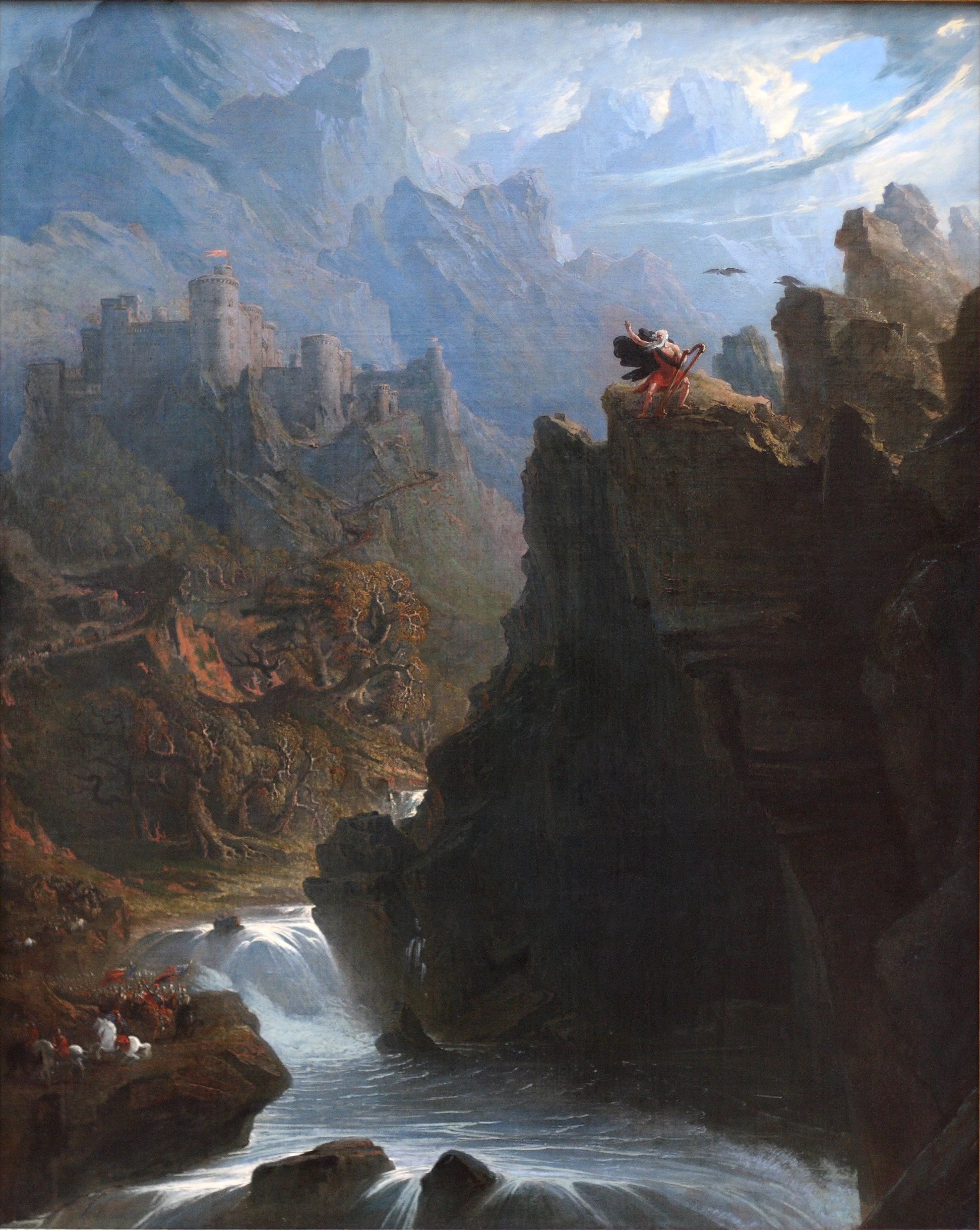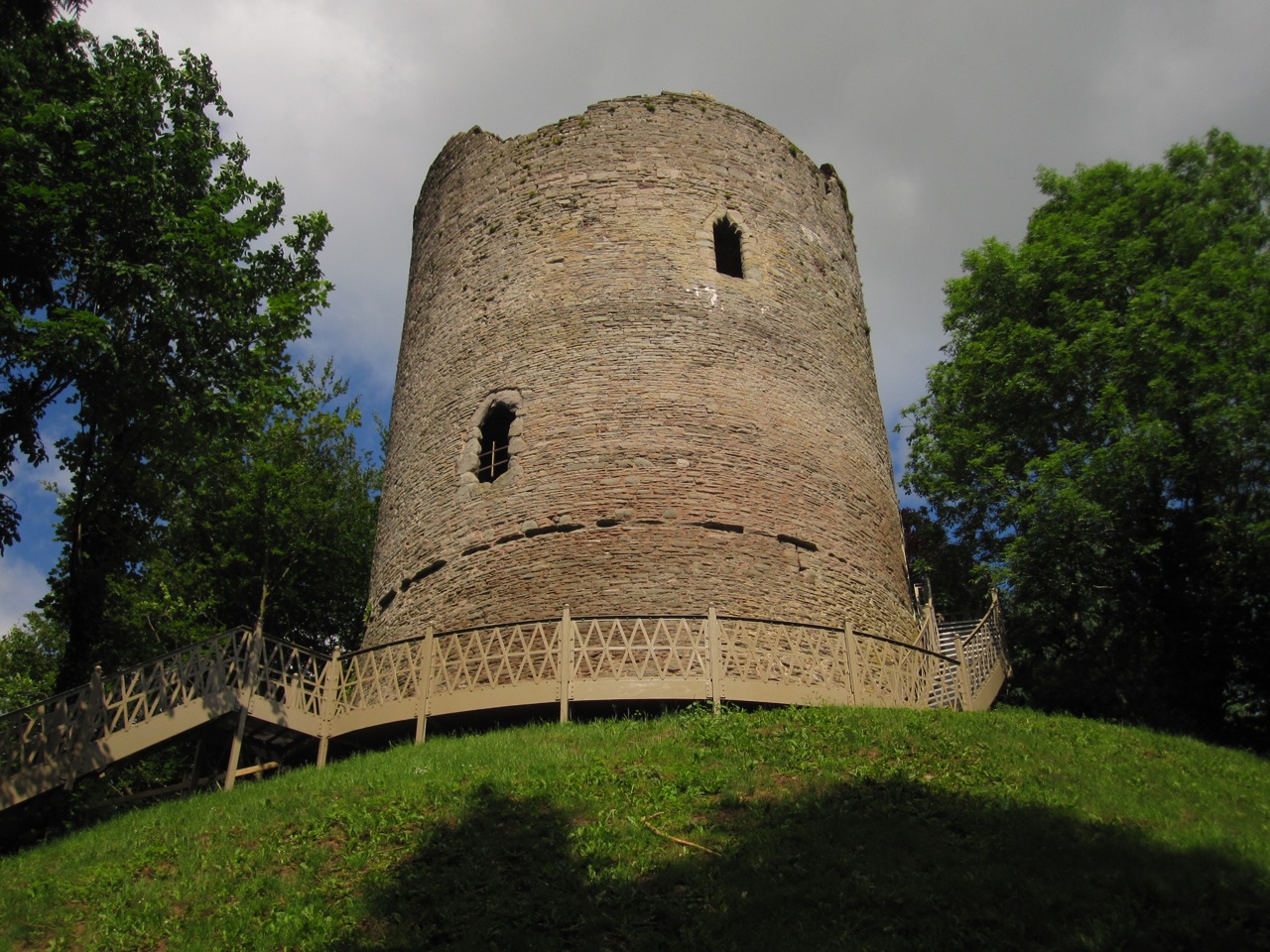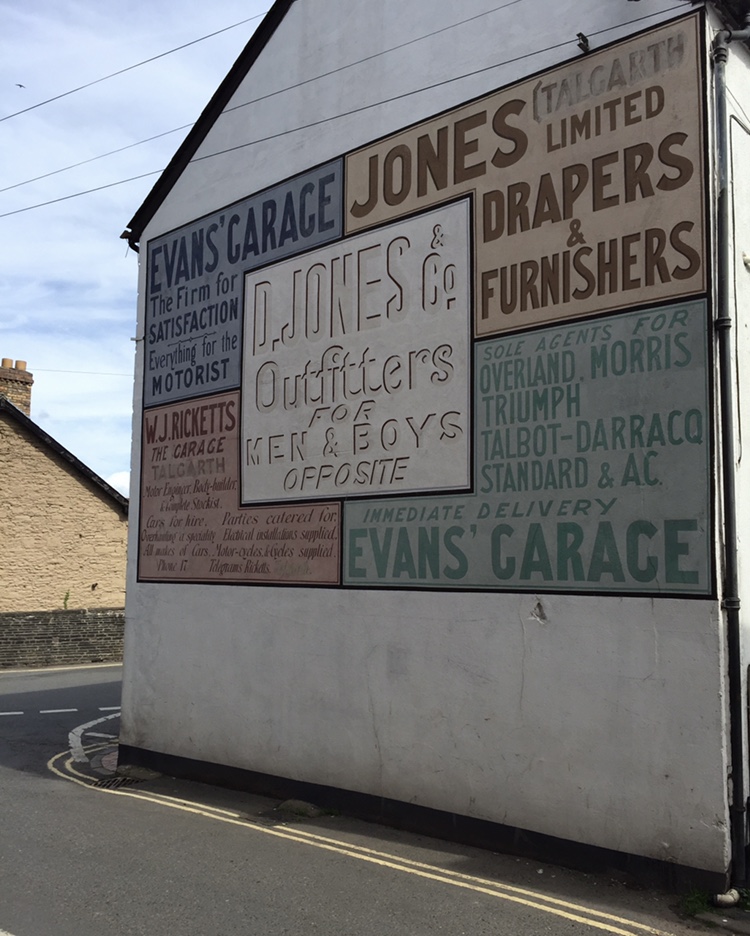|
Bedo Brwynllys
Bedo Brwynllys (fl. c. 1460) was a Welsh-language poet or bard. Life He lived in the Bronllys area near Talgarth in Brycheiniog. Bedo was a love poet in the tradition of Dafydd ap Gwilym whose work is sometimes mis-assigned to Bedo Aeddren. He composed an Elegy for Sir Richard Herbert of Coldbrook. He also composed some flyting poems between himself and Hywel Dafi and Ieuan Deulwyn Ieuan Deulwyn (fl. c. 1460) was a Welsh language poet or bard. Poetry A collection of fifty of the poems of Ieuan Deulwyn were published in 1909 under the auspices of the Bangor Welsh Manuscripts Society, thanks to Ifor Williams.Ifor Williams, ..., two contemporaries, and some surviving religious poetry has also been ascribed to him. Notes References * 15th-century Welsh poets {{Wales-poet-stub ... [...More Info...] [...Related Items...] OR: [Wikipedia] [Google] [Baidu] |
Welsh Language
Welsh ( or ) is a Celtic language of the Brittonic subgroup that is native to the Welsh people. Welsh is spoken natively in Wales, by some in England, and in Y Wladfa (the Welsh colony in Chubut Province, Argentina). Historically, it has also been known in English as "British", "Cambrian", "Cambric" and "Cymric". The Welsh Language (Wales) Measure 2011 gave the Welsh language official status in Wales. Both the Welsh and English languages are ''de jure'' official languages of the Welsh Parliament, the Senedd. According to the 2021 census, the Welsh-speaking population of Wales aged three or older was 17.8% (538,300 people) and nearly three quarters of the population in Wales said they had no Welsh language skills. Other estimates suggest that 29.7% (899,500) of people aged three or older in Wales could speak Welsh in June 2022. Almost half of all Welsh speakers consider themselves fluent Welsh speakers and 21 per cent are able to speak a fair amount of Welsh. The Welsh ... [...More Info...] [...Related Items...] OR: [Wikipedia] [Google] [Baidu] |
Poet
A poet is a person who studies and creates poetry. Poets may describe themselves as such or be described as such by others. A poet may simply be the creator ( thinker, songwriter, writer, or author) who creates (composes) poems ( oral or written), or they may also perform their art to an audience. The work of a poet is essentially one of communication, expressing ideas either in a literal sense (such as communicating about a specific event or place) or metaphorically. Poets have existed since prehistory, in nearly all languages, and have produced works that vary greatly in different cultures and periods. Throughout each civilization and language, poets have used various styles that have changed over time, resulting in countless poets as diverse as the literature that (since the advent of writing systems) they have produced. History In Ancient Rome, professional poets were generally sponsored by patrons, wealthy supporters including nobility and military officials. F ... [...More Info...] [...Related Items...] OR: [Wikipedia] [Google] [Baidu] |
Bard
In Celtic cultures, a bard is a professional story teller, verse-maker, music composer, oral historian and genealogist, employed by a patron (such as a monarch or chieftain) to commemorate one or more of the patron's ancestors and to praise the patron's own activities. With the decline of a living bardic tradition in the modern period, the term has loosened to mean a generic minstrel or author (especially a famous one). For example, William Shakespeare and Rabindranath Tagore are respectively known as "the Bard of Avon" (often simply "the Bard") and "the Bard of Bengal".Oxford Dictionary of English, s.v. ''bard'', n.1. In 16th-century Scotland, it turned into a derogatory term for an itinerant musician; nonetheless it was later romanticised by Sir Walter Scott (1771–1832). Etymology The English term ''bard'' is a loan word from the Celtic languages: Gaulish: ''bardo-'' ('bard, poet'), mga, bard and ('bard, poet'), wlm, bardd ('singer, poet'), Middle Breton: ' ... [...More Info...] [...Related Items...] OR: [Wikipedia] [Google] [Baidu] |
Bronllys
Bronllys is a village and community in Powys, Wales between the nearby towns Brecon and Talgarth. Bronllys is also the name of an electoral ward to Powys County Council. The community includes Llyswen. Description The village is in the historic county of Brecknockshire (Breconshire). It has recently benefited from a new bypass as part of the Talgarth Relief Road and Bronllys Bypass scheme. Despite being a small village it has a swimming pool and small leisure centre, post office and hospital. Bronllys Castle Bronllys Castle is a motte and bailey fortress standing south of the village, towards Talgarth. The castle was founded in or soon after 1100, by Richard Fitz Pons, the owner of the adjacent Herefordshire barony of Clifford, who was a supporter of Bernard of Neufmarché, Lord of Brecknock (in which the land around Bronllys fell). Richard's castle was of the motte-and-bailey design, but only wooden. In 1521, the year the castle became a crown property, the antiquar ... [...More Info...] [...Related Items...] OR: [Wikipedia] [Google] [Baidu] |
Talgarth
Talgarth is a market town, community and electoral ward in southern Powys, Mid Wales, about north of Crickhowell, north-east of Brecon and south-east of Builth Wells. Notable buildings in the town include the 14th-century parish church and a defensive tower house. According to traditional accounts, Talgarth was the capital of the early medieval Welsh Kingdom of Brycheiniog. It is in the historic county of Brecknockshire. In 2011, it had a population of 1,724. Name The meaning of the town's name is in the Welsh words ''tâl'' (forehead or brow of a hill) and ''garth'' (mountain ridge or promontory), thus "end of the ridge". It appears as Talgart in 1121, as Talgard after 1130, and in its present form in the years between 1203 and 1208. The church of Talgarth is recorded in 1488 as dedicated to ''Sce Wenne Virginis'', explained as Gwen (granddaughter of Brychan). Culture and community In August, the Talgarth Festival of the Black Mountains is held, a popular countryside eve ... [...More Info...] [...Related Items...] OR: [Wikipedia] [Google] [Baidu] |
Brycheiniog
Brycheiniog was an independent kingdom in South Wales in the Early Middle Ages. It often acted as a buffer state between England to the east and the south Welsh kingdom of Deheubarth to the west. It was conquered and pacified by the Normans between 1088 and 1095, though it remained Welsh in character. It was transformed into the Lordship of Brecknock and later formed the southern and larger part of the historic county of Brecknockshire. To its south was the Kingdom of Morgannwg. The main legacy of the kingdom of Brycheiniog is etymological. It has lent its name to Brecknockshire (Welsh: ''Sir Frycheiniog'', the shire of Brycheiniog) and Brecon (known as ''Aberhonddu'' in Welsh). History Origins Brycheiniog belonged to the Demetae in pre-Roman times. In Welsh tradition, it was given by the Roman governor of Brittania, Magnus Maximus (''Macsen Wledig'' in Welsh), to a Greek named ''Antonius the Black'' (''Anwn Ddu''). Some Welsh legends describe Antonius as Maximus' son, ... [...More Info...] [...Related Items...] OR: [Wikipedia] [Google] [Baidu] |
Dafydd Ap Gwilym
Dafydd ap Gwilym ( 1315/1320 – 1350/1370) is regarded as one of the leading Welsh poets and amongst the great poets of Europe in the Middle Ages. Life R. Geraint Gruffydd suggests 1315- 1350 as the poet's dates; others place him a little later from 1320- 1370. Later tradition has it that Dafydd was born at Brogynin, Penrhyn-coch (at the time Llanbadarn Fawr parish), Ceredigion. His father, Gwilym Gam, and mother, Ardudfyl, were both from noble families. As one of noble birth it seems Dafydd did not belong to the guild of professional poets in medieval Wales, and yet the poetic tradition had been strong in his family for generations. According to R. Geraint Gruffydd he died in 1350, a possible victim of the Black Death. Tradition says that he was buried within the precinct of the Cistercian Strata Florida Abbey, Ceredigion. This burial location is disputed by supporters of the Talley Abbey theory who contend that burial took place in the Talley Abbey Churchyard: On Sa ... [...More Info...] [...Related Items...] OR: [Wikipedia] [Google] [Baidu] |
Bedo Aeddren
Bedo Aeddren (fl. c. 1500) was a Welsh language poet from the area that is now Denbighshire, north-east Wales. Bedo composed poems on themes of love and nature in the tradition of Dafydd ap Gwilym and other cywydd The cywydd (; plural ) is one of the most important metrical forms in traditional Welsh poetry (cerdd dafod). There are a variety of forms of the cywydd, but the word on its own is generally used to refer to the ("long-lined couplet") as it is b ...wyr. References Gwyn Williams, "The Burning Tree: Poems from the First Thousand Years of Welsh Verse" (Faber and Faber, 1956). 16th-century Welsh poets Welsh-language poets Year of death unknown Year of birth unknown {{Wales-poet-stub ... [...More Info...] [...Related Items...] OR: [Wikipedia] [Google] [Baidu] |
Richard Herbert Of Coldbrook
Sir Richard Herbert (died 1469) of Coldbrook Park, near Abergavenny, was a 15th-century Welsh knight, and the lineal ancestor of the Herberts of Chirbury. He was the son of William ap Thomas of Raglan Castle and Gwladys ferch Dafydd Gam, and the brother of William Herbert, Earl of Pembroke. He married Margaret, sister of Sir Rhys ap Thomas. They had two sons: Sir William Herbert of Coldbrook, and Sir Richard Herbert of Powys. His great-grandson, Edward Herbert, was raised to the peerage in 1629. Like many members of the Welsh gentry, Herbert was a notable bardic patron. He was the principal patron of Ieuan Deulwyn, and was also a patron of Guto'r Glyn as well as others. He hosted a bardic debate at Coldbrook House between Deulwyn and Bedo Brwynllys. He was eulogized by Ieuan Deulwyn, Bedo Brwynllys, Hywel Dafi, and (jointly with his brother William) Huw Cae Llwyd. Like his brother, he was a supporter of the House of York during the Wars of the Roses. He fought alongsid ... [...More Info...] [...Related Items...] OR: [Wikipedia] [Google] [Baidu] |
Hywel Dafi
Hywel (), sometimes anglicised as Howel or Howell, is a Welsh masculine given name. It may refer to: *Saint Hywel, a sixth-century disciple of Saint Teilo and the king of Brittany in the Arthurian legend. *Hywel ap Rhodri Molwynog, 9th-century king of Gwynedd * Hywel Dda or Hywel the Good (died 950), king of Deheubarth and much of the rest of Wales, famed as a lawgiver *Huwal of the West Welsh, 10th-century Welsh king, possibly identical to Hywel Dda * Hywel ab Owain Gwynedd (died 1170), Welsh poet and military leader *Syr Hywel y Fwyall or Sir Hywel ap Gruffudd (fl. 1356–died 1381), Welsh knight * Hywel Bennett (1944–2017), Welsh actor *Hywel David Evans (1924–2019), Australian politician * Hywel Evans (figure skater) (born 1945), Welsh figure skater * Hywel Francis (1946–2021), Welsh historian and politician; MP for Aberavon *Hywel Griffith, BBC Wales news correspondent * Hywel Harris (1714–1773), Welsh Methodist preacher * Hywel Williams (born 1953), Welsh politician; MP ... [...More Info...] [...Related Items...] OR: [Wikipedia] [Google] [Baidu] |
Ieuan Deulwyn
Ieuan Deulwyn (fl. c. 1460) was a Welsh language poet or bard. Poetry A collection of fifty of the poems of Ieuan Deulwyn were published in 1909 under the auspices of the Bangor Welsh Manuscripts Society, thanks to Ifor Williams.Ifor Williams, Casgliad o Waith Ieuan Deulwyn', Bangor Welsh MSS Society, 1909 Ieuan Deulwyn belonged to the school of Dafydd ap Gwilym, as did Bedo Brwynllys, Dafydd ab Edmwnd and others. Because they have similar styles, their work is constantly attributed to each other, which makes definitive identification of Ieuan's poetry difficult. Williams used the evidence of multiple manuscripts as a determination of which poems to include in his collection, which may have resulted in some of Deulwyn's poems being excluded, but we are fortunate indeed in the edition that was published, complete with explanatory footnotes, notes about many of the subjects, and indexes of both people and places. Ieuan clings to one metre, the ''cywydd''. There are several types ... [...More Info...] [...Related Items...] OR: [Wikipedia] [Google] [Baidu] |




_(cropped).jpg)
